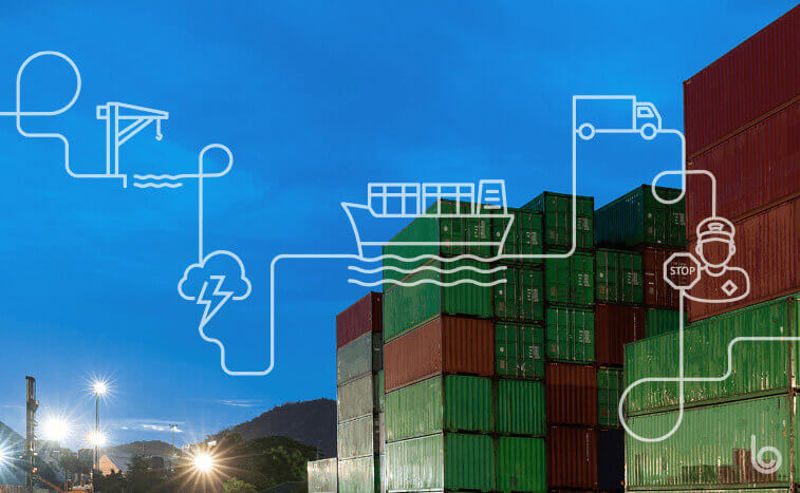
by Sharad Mathur, Senior VP of Research and Development, Blume Global
According to IBM, Chief Supply Chain Officers (CSCO) cite a lack of visibility into supply chain operations as the key hurdle in mitigating disruptions, while another 84 percent report it to be their biggest business challenge. While efficient and effective operations must be fueled by real-time visibility, supply chain professionals should first determine what this means for their specific company and customers. The top business-impacting blind spots will be different for every organization, which means the visibility each company needs varies as well.
Hidden areas within the supply chain create unnecessary instability within service delivery, have a huge impact on customer experiences and increases costs. Because they will be different for every business, organizations must work to identify where they exist, then work to eliminate them. Instead of legacy reporting and data analytics its much more efficient to use advanced technologies such as machine learning (ML) models and artificial intelligence (AI) algorithms tailored to supply chain domain, to constantly analyze data and identify these blind spots.
With that said, better visibility into supply chain networks is foundational to supply chain transformation, but visibility without actionable insights can only go so far. CSCOs need to focus on solutions that provide simple suggestions and let the user take action, and not just show status and issues. These solutions will allow a company to successfully connect suppliers and logistics service providers (LSPs), manage shipments, monitor assets, provide proactive alerts, etc., and respond effectively when issues arise - as its best suits each company and its specific visibility needs. As a result, operational, customer service, and financial benefits can be realized across the supply chain. Supply chain visibility benefits include:
Predictability and improvement on lead times
Logistics providers can leverage predictive visibility to ensure they have the right shipping infrastructure in place to handle shipments when they arrive. For example, accurate insight can allow the service providers to ensure a specific container chassis is available for trucks, or special transport for environmentally sensitive products is available when a shipment arrives.
The right product at the right time to the right customer
Retailers can implement intelligent technology to track their deliveries with real-time shipment visibility that monitors the elusive first- and last-mile pickups, delivery milestones, shipment status, location and verified proof-of-delivery across all modes.
Proactive exception management
With predictive analytics, exceptions are flagged and predictions are made to improve supply chain performance, resilience and responsiveness. AI and machine learning models can work with historical network data and real-time event management to create optimal routes for distributing goods through the supply chain, and provide proactive alerts to manage by exception. This can save LSPs time, thereby reducing overall cost.
Intelligent supply chain management solutions enable companies to have granular visibility and agility throughout the shipping process to help suppliers meet demand and improve supply chain performance, resilience and responsiveness. Having the visibility and data is important but the ability to take action and execute based on that data is even more so. An intelligent supply chain is critical to keeping up with ever-increasing demand and maintaining a high level of customer service.
Learn more by checking out this Inbound Logistics article where I provide additional insight on the importance of visibility for a supply chain. To know more about Blume Visibility, be sure to visit www.blumeglobal.com/visibility.
contact us
Contact Us

